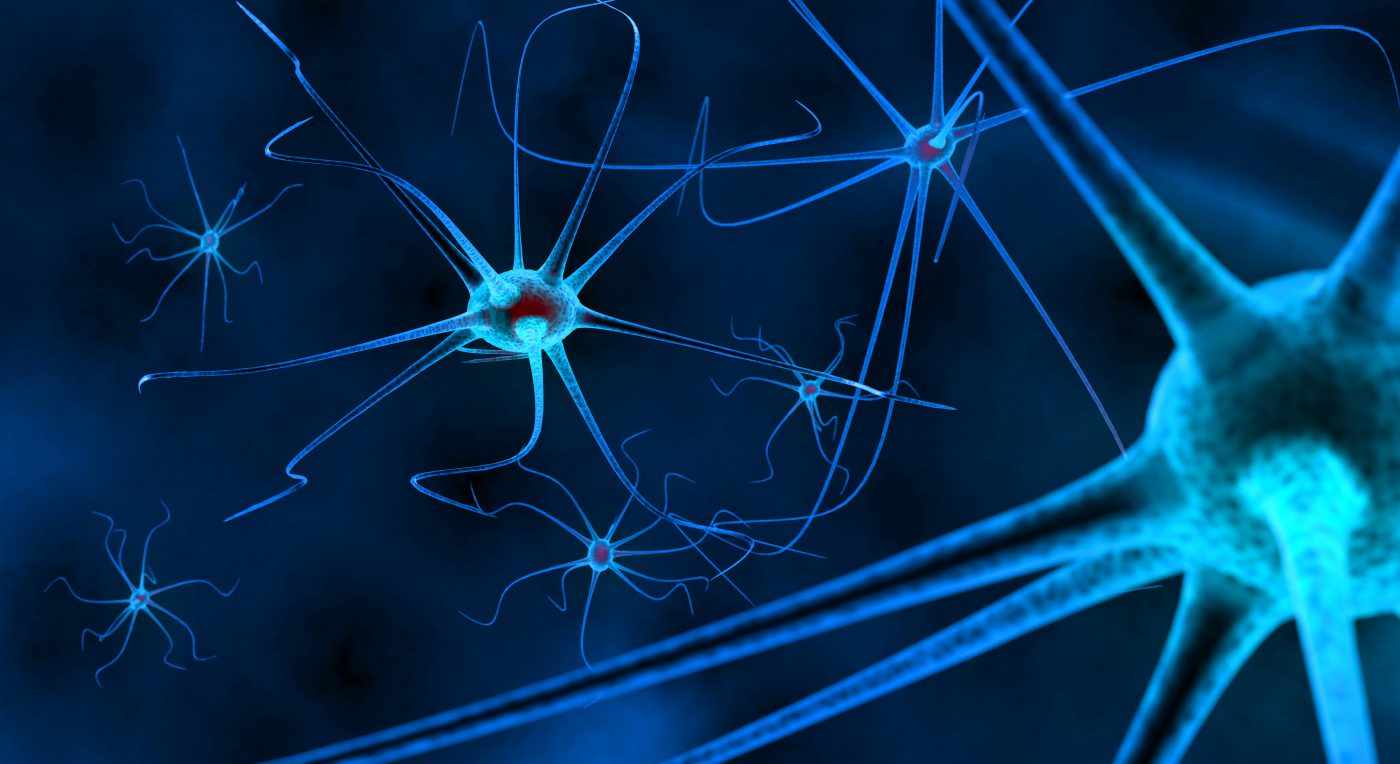Huntingtin Protein’s Mechanisms of Action Seen in Study
Written by |

Max Planck Institute of Biochemistry researchers have shown that the intracellular location of protein aggregates, long suspected to be involved in the pathogenesis of neurodegenerative diseases like Huntington’s, is extremely important to the survival of nerve cells. While location in the nucleus has little influence on cellular function, protein deposits in the cytoplasm disturb cellular processes and, over time, can lead to irreparable damage.
The research paper, titled “Cytoplasmic protein aggregates interfere with nucleocytoplasmic transport of protein and RNA,” was published in Science.
Aggregates of amyloid-like proteins are known to be associated with a number of neurodegenerative diseases, such as Alzheimer’s, Parkinson’s and Huntington’s. However, the nature of these toxic proteins and their mechanism of cellular damage have remained quite elusive. To better understand exactly how the aggregates harm cells, several groups at the Max Planck Institute of Biochemistry in Martinsried, Germany, formed the ToPAG consortium in 2013. The discovery is the first success reported by the consortium — demonstrating, essentially, that the aggregates’ location in nerve cells determines their fate.
Max Planck researchers, working in collaboration with others at Ruhr-University Bochum, studied artificial β-sheet proteins, known to be prone to aggregation, as well as the Huntington’s disease-causing mutant huntingtin, to analyze compartment specificity of protein aggregate toxicity. To their surprise, protein aggregation in the cytoplasm was more toxic than in the nucleus, interfering with RNA and correct forms of the proteins’ transport between the cell’s nucleus and its cytoplasm. The aggregates would sequester these proteins and inactivate them, leading to damaged cell function. These same proteins did not interfere with molecule transport when forming aggregates in the nucleus.
In a recent press release, Dr. Mark Hipp, who with Dr. Ulrich Hartl led the study, said of its implications: “It came as a big surprise to us that the direction of the proteins to the cytoplasm instead of the nucleus resulted in more soluble, but also more toxic aggregates. The results of this study bring us researchers and physicians one big step further. Only if we understand how aggregates damage cells is it possible to develop appropriate countermeasures in the future.”





